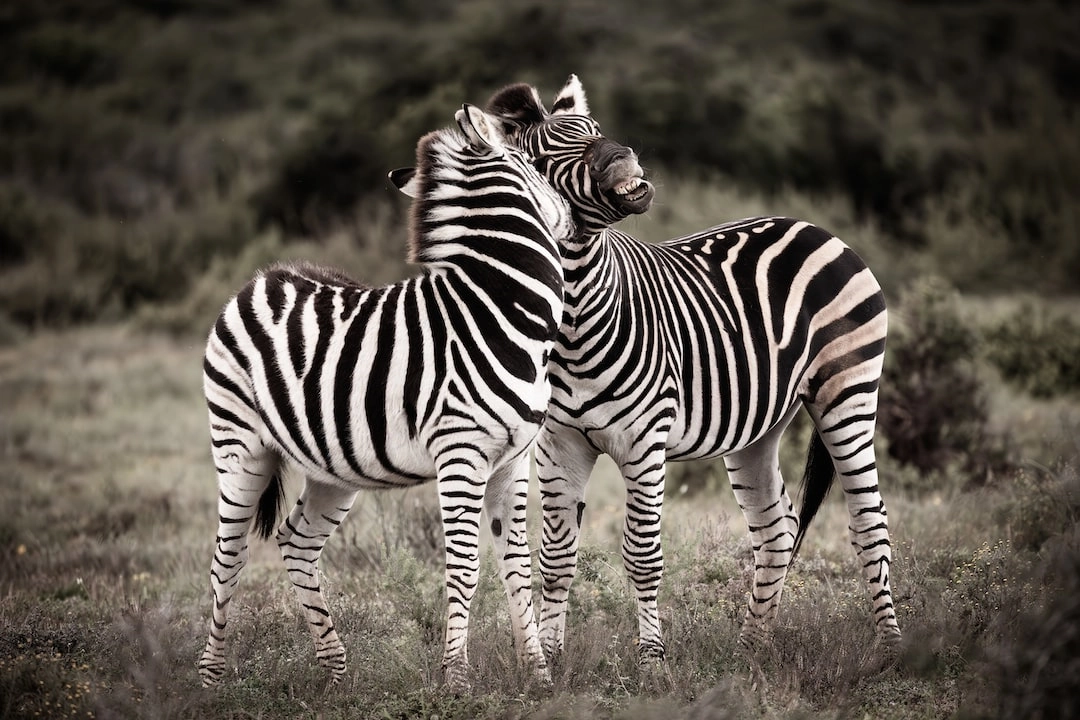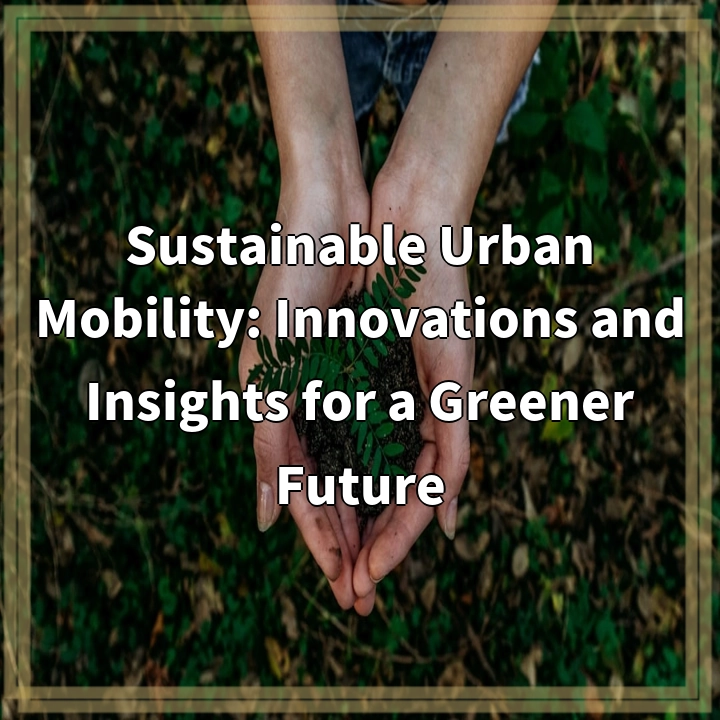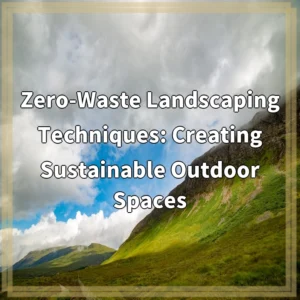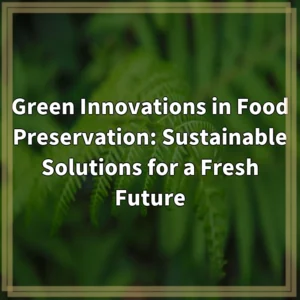What is Exploring Conservation?
Exploring Conservation is a comprehensive approach to understanding and addressing environmental challenges, with a focus on preserving and protecting natural resources, ecosystems, and biodiversity. It involves studying the interactions between different species, environmental factors, and human activities to develop strategies for sustainable management and conservation.
Conservation efforts aim to mitigate the negative impacts of human development and promote the long-term health and well-being of our planet. By implementing conservation practices, we can seek to maintain ecosystem balance, safeguard endangered species, preserve habitats, and ensure the availability of clean air and water for future generations.
Real-World Problems Associated with Conservation
1. Habitat Loss and Fragmentation
One of the most pressing challenges in conservation is the loss and fragmentation of natural habitat. Human activities such as deforestation, urbanization, and infrastructure development have resulted in the destruction of critical habitats for many species. The fragmentation of habitats also disrupts migratory patterns and limits access to food and resources, resulting in population declines and increased vulnerability to extinction.
2. Climate Change and Global Warming
Climate change poses a significant threat to conservation efforts worldwide. Rising global temperatures, changing precipitation patterns, and extreme weather events are altering ecosystems and disrupting the delicate balance of species interactions. This leads to shifts in habitat suitability, changes in species distributions, and increased vulnerability to diseases. Conservation strategies must address climate change mitigation and adaptation to ensure the continued survival of vulnerable species and ecosystems.
3. Poaching and Illegal Wildlife Trade
Illegal wildlife trade and poaching present major challenges for conservationists. The demand for products derived from endangered species, such as ivory, rhino horns, and tiger bones, drives illegal hunting and trafficking. This illegal trade not only decimates populations of iconic species but also undermines conservation efforts and threatens local communities that rely on wildlife tourism. Anti-poaching initiatives and strict law enforcement are essential to combat this issue.
4. Pollution and Habitat Degradation
Pollution, including air, water, and soil pollution, has detrimental effects on ecosystems and undermines conservation efforts. Industrial activities, agricultural practices, and improper waste disposal contribute to the contamination of natural resources and the degradation of habitats. This pollution harms wildlife, destroys breeding grounds, and disrupts ecological processes. Effective conservation requires addressing pollution sources, promoting sustainable practices, and restoring degraded habitats.
In conclusion
Exploring Conservation is a crucial endeavor in mitigating the impacts of human activities on the environment and ensuring the long-term sustainability of our planet. As we address the real-world problems associated with conservation, we can work towards a future where biodiversity thrives, ecosystems are resilient, and the natural world is preserved for generations to come.

Solutions for Conservation Challenges
Conservation challenges require proactive and practical solutions to ensure the long-term health and sustainability of our environment. Here are some key strategies and approaches that can contribute to effective conservation efforts:
1. Habitat Conservation and Restoration
To address habitat loss and fragmentation, it is crucial to protect and restore ecosystems and critical habitats. This can be achieved through the establishment of protected areas, national parks, and wildlife reserves. Efforts should also focus on reforestation, habitat connectivity initiatives, and the creation of wildlife corridors to ensure the continuity of habitats for species.
2. Climate Change Mitigation and Adaptation
Addressing climate change requires both mitigation and adaptation measures. Mitigation involves reducing greenhouse gas emissions by transitioning to renewable energy sources, promoting energy efficiency, and implementing sustainable land use practices. Adaptation involves managing ecosystems to enhance their resilience, protecting vulnerable species, and implementing strategies to minimize the impacts of climate change.
3. Strengthening Law Enforcement and Anti-Poaching Efforts
Combating illegal wildlife trade and poaching requires strong law enforcement, international collaboration, and public awareness campaigns. Efforts should focus on strengthening anti-poaching units, increasing penalties for wildlife crimes, and educating communities about the ecological and economic value of biodiversity. Additionally, supporting alternative livelihoods for communities involved in illegal wildlife trade can be an effective long-term strategy.
4. Promoting Sustainable Practices and Conservation Partnerships
Reducing pollution and habitat degradation requires promoting sustainable practices across various sectors, such as agriculture, industry, and waste management. This includes promoting organic farming methods, adopting circular economy principles, and implementing waste recycling and management systems. Building strong partnerships between governments, non-governmental organizations, businesses, and communities can also enhance conservation efforts and ensure their long-term success.
In conclusion
By implementing these solutions and approaches, we can work towards overcoming the challenges facing conservation. Each individual and collective effort plays a crucial role in protecting the environment, preserving biodiversity, and securing a sustainable future for our planet.













